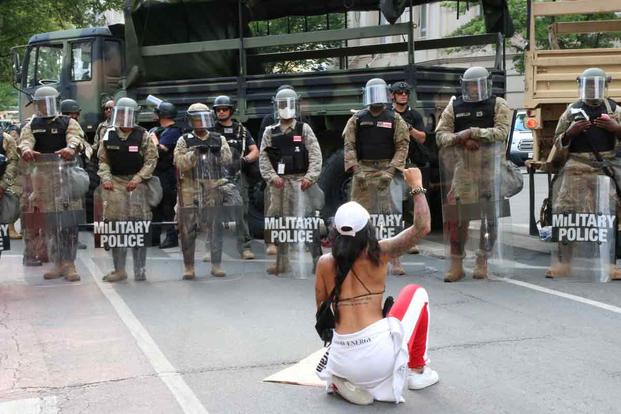ALTHOUGH THIS IS NOT SURPRISING, IT IS INDICATIVE OF HOW REPUBLICAN STATECRAFT AND MAGA DELUSIONS INTERACTPossibly no promise except lowering the price of eggs became more of a Donald Trump signature line than his posturing on the Ukraine war:
////Former President Donald Trump said if reelected he would end the war in Ukraine before his inauguration because he is respected by Ukraine and Russia’s leaders.
////“That is a war that’s dying to be settled. I will get it settled before I even become president,” the Republican said during his debate with Vice President Kamala Harris on Tuesday. If I win, when I’m president-elect and what I’ll do is I’ll speak to one, I’ll speak to the other, I’ll get them together.”
////“I know Zelenskyy very well and I know Putin very well. I have a good relationship and they respect your president, O.K., they respect me, they don’t respect Biden.”////
It's completely unsurprising that he's been backing away from that since day one as well, with my personal favorite idiotic lie coming about a month ago:
////“Well, I was being a little bit sarcastic when I said that,” Trump said in a clip released ahead of the episode airing Sunday. “What I really mean is I’d like to get it settled and, I’ll, I think, I think I’ll be successful.”////
At the end of March, CNN published a timeline of the Trump administration reeling backward from his words, which could have been subtitled, "President Trump learns that neither Putin nor Zekenskyy actually respects him."
Now, predictably, comes Secretary of State Marco Rubio, who took time off from his daily masturbabory quest for foreigners who said something he doesn't like to announce that the United States is about to dump the entire enterprise:
////“We are now reaching a point where we need to decide whether this is even possible or not,” Rubio told reporters upon departure. “Because if it’s not, then I think we’re just going to move on.”
////“It’s not our war,” Rubio said. “We have other priorities to focus on.” He said the U.S. administration wants to decide “in a matter of days.”////
This was, of course, inevitable, but there's an aspect of the situation that deserves closer attention: how successfully the Trump administration has been in terms of undermining pro-Ukraine legislators in his own party.



